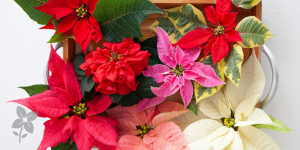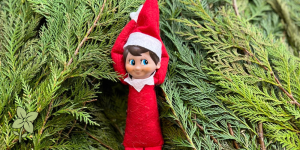Tree Planting 101
by Rob Sproule
It’s easy to see planting a new tree in the yard as a chore, but I think of it as creating a small piece of living legacy. This tree you’re planting will witness much of the future history of your home. If there are children born in the home, they will have memories of that tree as they play, climb it, grow into adults and eventually move way to plant their own trees.
When the best time to plant
While you can plant a tree anytime the ground isn’t frozen solid, some weather conditions are better than others. Avoid planting in a heat-wave unless you’re able to keep the hose handy.
Trees crave the cool temperatures of spring and fall. Planting them before July and after August will help them get a stress-free start to life in your yard.
In September it’s not uncommon for someone to ask me, their face grim with concern, if the tree that they’ve just planted is doomed to winterkill. I’m always pleased to reassure them that when the kids are going back to school is an ideal time to introduce a new tree.
Preparing the ground
Try to plant your tree as soon as you get home. If not, keep the root ball moist and the tree shaded – even if it’s a sun lover – until planting time.
Trees can’t get up and cross the yard if they’re in a bad spot, so it’s up to you to give them a good home. Take a second look to make sure the spot is suitable with the tree’s needs (ie. are you about to plant a water-loving birch on the top of a steep hill).
A great hole is the secret to a great tree Measure the diameter of the root ball and dig the hole twice as wide (so if it’s 16″ wide, big a 32″ hole). Make sure to have ample black earth, compost, peat moss, and other goodies to back fill the holes.
If you live in a newer area, check your depth of soil before planting. A simple spade plunge will tell you if the developer left you 6″ or good earth are only an inch scattered on rock hard clay.
If it’s the latter, consider digging your hole 3X the diameter of the root ball, especially if you’re planting in fall, so the tree’s fibrous roots can anchor before winter. You may also want to dig deeper and back-fill up if there’s poor drainage (dump 5 gallons of water into the hole and see how long if takes to drain).
Giving your tree the best start
Make sure to water your tree in well upon planting. If they water pools for too long, the soil probably has a lot of clay in it so water a bit less, and vice versa with sandy soil if the water vanishes immediately.
I can’t stress enough the value of putting a simple wood mulch, like cedar chips, around your tree. It not only looks better, but it will cool the soil surface from our extreme summer heat and in doing so will prevent a lot of stress on the root system.
Mulch makes it easy to create a mounded ring around the tree, just inside the drip-line, which will help its roots get as much water as possible during those first fragile months. Pull mulch back from the trunk of the tree in order to deter fungal growth on the wood.
When you do plant a tree, don’t make it a chore. Make it an event. Dig the majority of the hole and then get the family together for the last few shovels. Set the tree in with everyone having a hand on the trunk. That tree will stand at your home for decades, and it’s sobering to think about how much it will see.
















